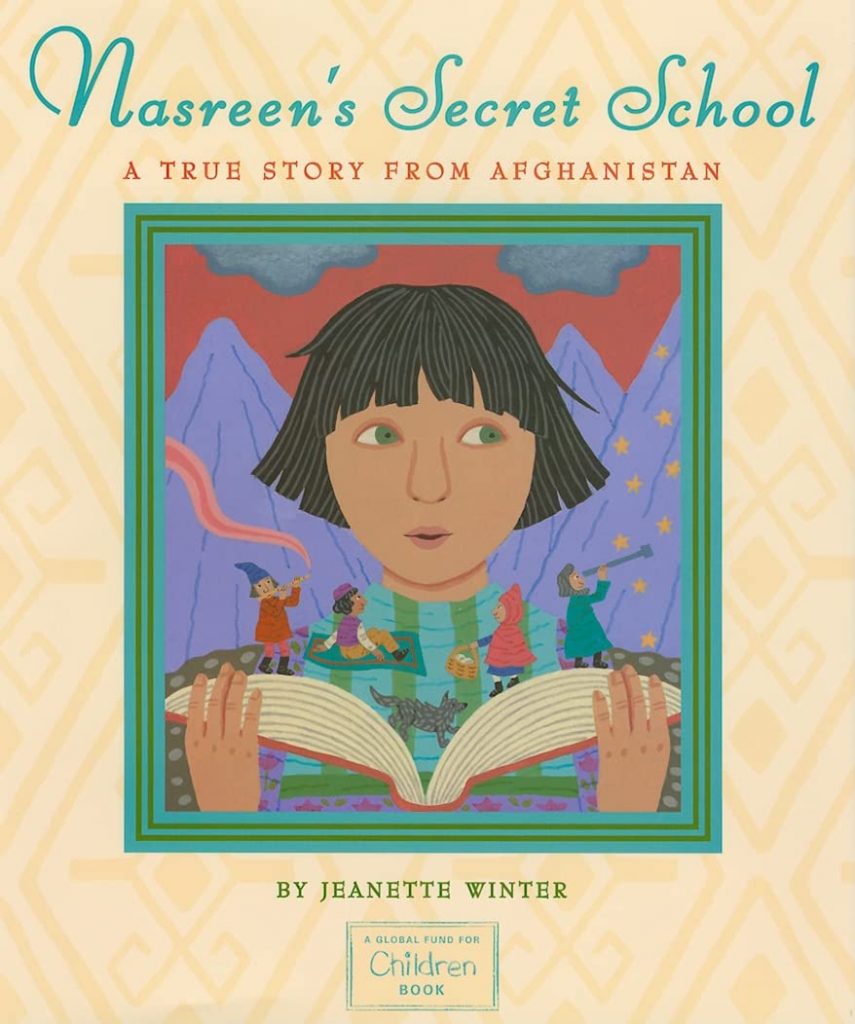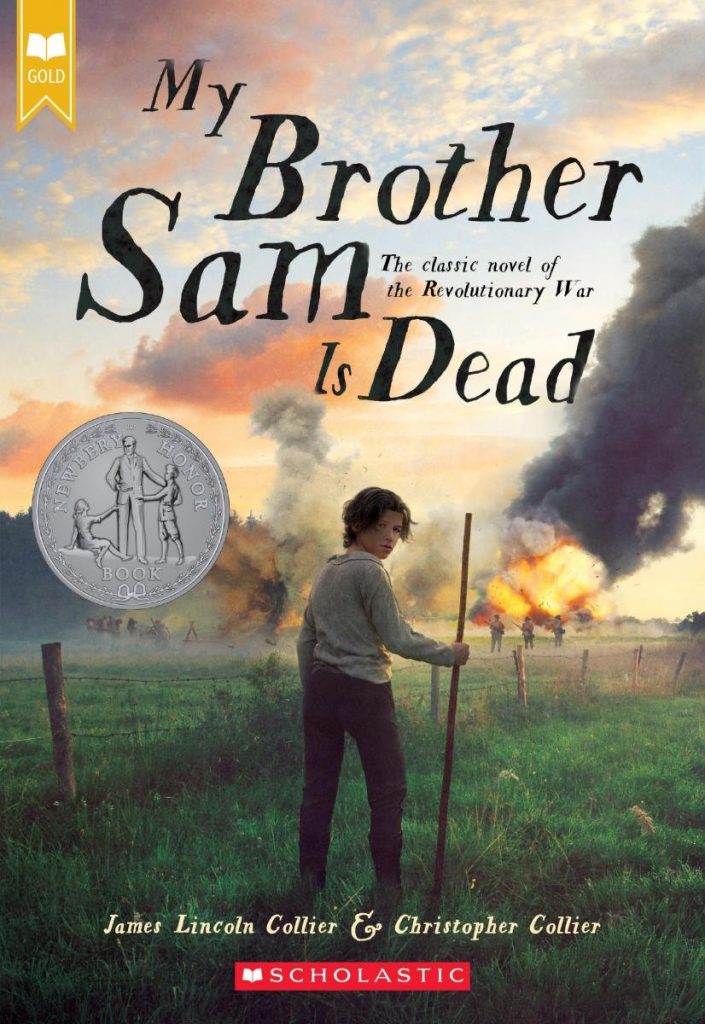Books for children are banned for various reasons, including concerns about sensitive or controversial topics. This includes offensive language or content, political or social views, sexual content, violence or graphic content, religious views, and lack of diversity or representation.
These challenges often stem from individuals or groups who believe that certain books are not suitable for children due to their content or themes. However, banning books limits children’s access to diverse ideas and perspectives, which are essential for their intellectual and emotional development.
Advocates for free speech and intellectual freedom argue that children should have the opportunity to explore a wide range of literature and form their own opinions about the world around them.
Below are a few banned or questioned books for ages 9 to 12. A short synopsis and why it is good reading material are offered below, along with links to buy the book(s).
“Nasreen’s Secret School: A True Story from Afghanistan” by Jeanette Winter (Published 2009)

“Nasreen’s Secret School: A True Story from Afghanistan” by Jeanette Winter is a poignant tale of resilience and the power of education set in war-torn Afghanistan. The book follows the story of Nasreen, a young girl who has stopped speaking since her parents disappeared. With the help of her grandmother and a devoted teacher, Nasreen is enrolled in a secret school for girls where she gradually begins to find her voice through learning.
The book highlights the challenges faced by girls seeking an education in Afghanistan under Taliban rule and the bravery of those who risked their lives to teach and learn. It serves as a compelling teaching tool, promoting empathy, cultural understanding, and the importance of education, especially in difficult circumstances. The book inspires readers to appreciate the value of education and the resilience of the human spirit.
This book was banned by some school boards due to its depiction of sensitive topics. These topics include war, conflict, the suppression of education, particularly for girls, under Taliban rule in Afghanistan. Some individuals or groups may have felt that the book’s content was inappropriate for young readers or that it presented a biased or one-sided view of the situation in Afghanistan. Adding in, there may have been concerns about the book’s portrayal of cultural or religious themes because the book promotes the Quran.
“Coraline” by Neil Gaiman (Published 2002)

“Coraline” by Neil Gaiman has been challenged and banned in some places due to its dark and unsettling themes, which some parents and educators feel may be too intense or frightening for young readers.
The book explores themes of fear, bravery, and the dangers of seeking perfection, often through surreal and eerie imagery. Some readers and critics argue that these elements make the book a valuable tool for exploring complex emotions and learning important life lessons, while others believe that it may be too disturbing for children.
Overall, the banning of “Coraline” highlights the ongoing debate about censorship and the role of literature in addressing difficult topics for young readers.
“Hatchet” by Gary Paulsen (Published 1987)

“Hatchet” by Gary Paulsen has been banned or challenged in some schools and libraries due to its use of strong language, including profanity, and its depiction of realistic survival situations, including violence and injury.
Some parents and educators have raised concerns that these elements may be inappropriate for young readers, particularly in educational settings where there may be stricter guidelines for age-appropriate content.
However, supporters of the book argue that its portrayal of survival skills and resilience make it a valuable educational tool, and that the realistic depiction of challenges faced by the protagonist can help readers develop empathy and problem-solving skills.
Overall, the banning of “Hatchet” reflects the ongoing debate about censorship and the balance between protecting young readers and providing access to literature that may contain challenging or controversial content.
“My Brother Sam is Dead” James Lincoln Collier (Published 1974)

“My Brother Sam is Dead” by James Lincoln Collier and Christopher Collier has been banned or challenged in some schools and libraries due to its portrayal of war, violence, and death.
The book, which is set during the American Revolution, explores themes of loyalty, family conflict, and the harsh realities of war through the eyes of a young boy whose brother joins the Patriots and later dies in battle.
Some parents and educators have raised concerns that the book’s graphic depiction of violence and its portrayal of war may be too intense or inappropriate for young readers.
However, supporters of the book argue that its historical accuracy and its exploration of complex themes make it a valuable educational tool that can help readers develop a deeper understanding of history and empathy for those affected by war.
Leave a Reply